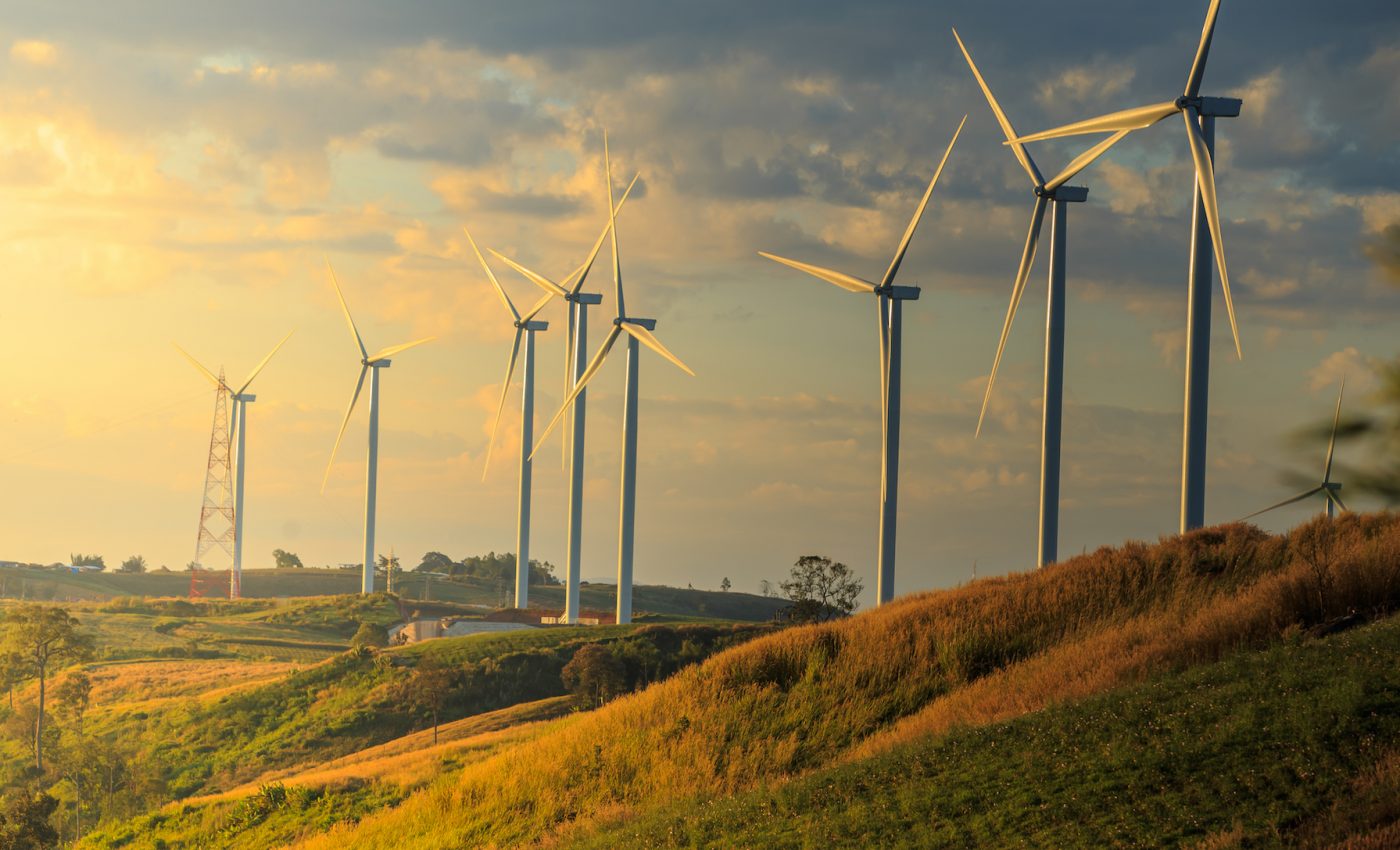
The hidden environmental costs of transitioning to wind power
A new study from Harvard University has investigated the potential environmental effects of using wind-powered energy systems on a large scale in the United States. The team has found that generating power from wind would have a much larger impact compared to reducing electricity emissions with solar power.
According to the study, which is the most accurate modelling to date of how increasing wind power would affect the climate, large-scale wind power generation would warm the continental United States by 0.24 degrees Celsius. The researchers found that it would take about a century to offset that amount of warming.
“Wind turbines generate electricity but also alter the atmospheric flow,” explained study first author Lee Miller. “Those effects redistribute heat and moisture in the atmosphere, which impacts climate. We attempted to model these effects on a continental scale.”
Study senior author David Keith is a professor of Engineering and Public Policy at Harvard.
“Wind beats coal by any environmental measure, but that doesn’t mean that its impacts are negligible,” said Professor Keith. “We must quickly transition away from fossil fuels to stop carbon emissions. In doing so, we must make choices between various low-carbon technologies, all of which have some social and environmental impacts.”
The investigation into wind and solar power was focused on the comparison of climate impacts and benefits using a standard weather forecasting model. The researchers simulated the effect on the atmosphere of covering one-third of the country with enough wind turbines to meet the present-day electricity demand.
“The direct climate impacts of wind power are instant, while the benefits accumulate slowly,” said Professor Keith. “If your perspective is the next 10 years, wind power actually has – in some respects – more climate impact than coal or gas. If your perspective is the next thousand years, then wind power is enormously cleaner than coal or gas.”
Previously, at least ten studies have reported local warming caused by wind farms in the United States. When the experts compared their simulated warming to these observations, they found that there was some consistency.
“The work should not be seen as a fundamental critique of wind power. Some of wind’s climate impacts may be beneficial. So rather, the work should be seen as a first step in getting more serious about assessing these impacts,” said Professor Keith. “Our hope is that our study, combined with the recent direct observations, marks a turning point where wind power’s climatic impacts begin to receive serious consideration in strategic decisions about decarbonizing the energy system.”
The study is published in the journal Joule.
—
By Chrissy Sexton, Earth.com Staff Writer













